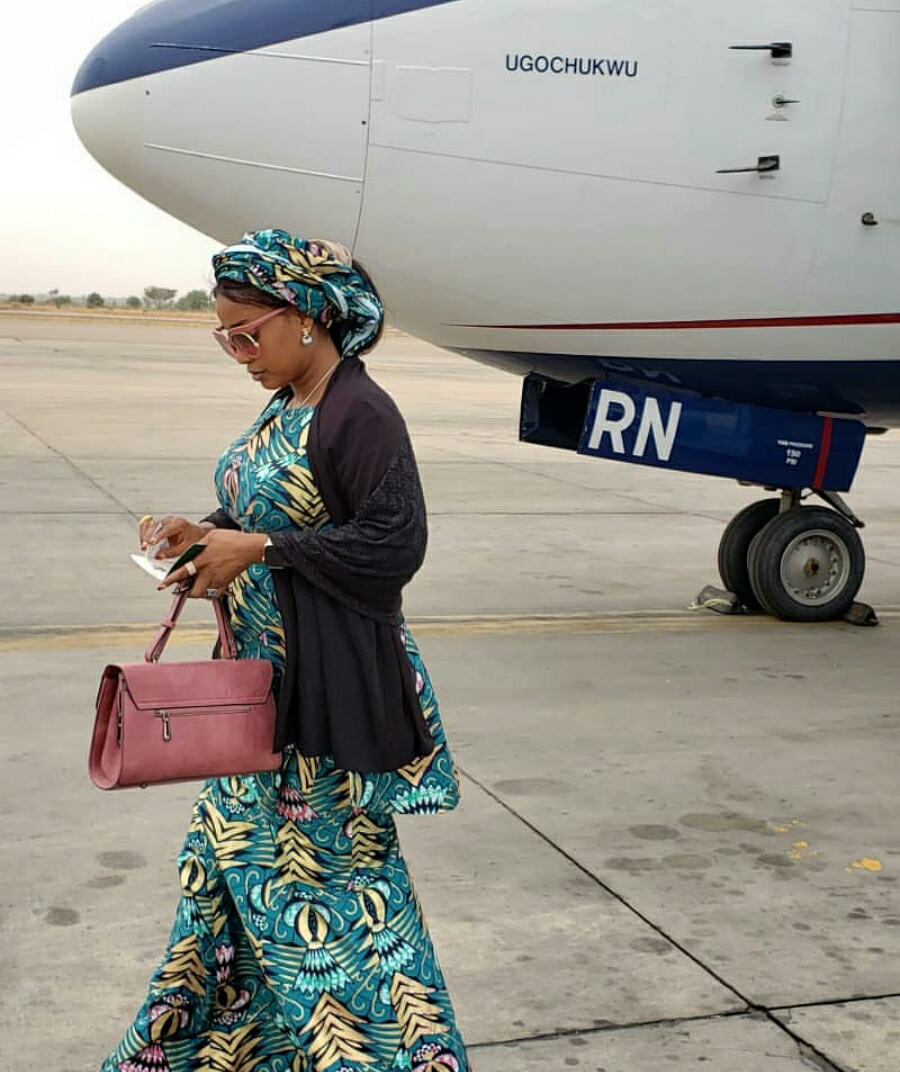Batsa: The Art And Influence Of Traditional Indonesian Martial Arts
Batsa is not just a martial art; it represents a rich cultural heritage and a way of life for many in Indonesia. With roots deeply embedded in the traditions of the archipelago, Batsa is a testament to the strength, discipline, and artistry of its practitioners. This article explores the origins, techniques, and impact of Batsa, providing insights into why it remains a vital component of Indonesian culture.
As we delve into the world of Batsa, we will uncover its historical significance, the various styles and techniques involved, and the benefits of practicing this martial art. Understanding Batsa is essential for those interested in martial arts, cultural studies, or simply looking to deepen their knowledge about Indonesia's diverse traditions.
Join us on this journey as we explore the fascinating aspects of Batsa, from its origins to its role in modern society, and discover why this martial art continues to captivate and inspire practitioners and enthusiasts alike.
Table of Contents
- The Origins of Batsa
- Techniques and Styles of Batsa
- Benefits of Practicing Batsa
- Cultural Significance of Batsa
- Batsa in Modern Society
- Training in Batsa
- Biodata of Prominent Batsa Practitioners
- Conclusion
The Origins of Batsa
Batsa traces its origins back to the ancient kingdoms of Indonesia, where it was developed as a means of self-defense and physical fitness. The art form is believed to have been influenced by various martial arts and traditional combat techniques from neighboring countries.
In its early days, Batsa was primarily practiced by warriors and nobles who needed to protect their territories. Over time, it evolved into a more refined art, incorporating elements of philosophy, spirituality, and cultural expression.
Today, Batsa is recognized not only for its physical techniques but also for its deep-rooted cultural significance, often performed during traditional ceremonies and events.
Techniques and Styles of Batsa
Batsa encompasses a variety of techniques and styles, each with its unique characteristics. The major styles include:
- Gulat: A grappling style that emphasizes throws and joint locks.
- Pukulan: A striking style focusing on punches and kicks.
- Silat: A fluid style that integrates footwork and evasive maneuvers.
Each style has its own set of techniques, training methods, and philosophies. Practitioners often choose a style based on their personal preferences and physical capabilities.
Key Techniques in Batsa
Some key techniques that practitioners of Batsa focus on include:
- Footwork: Essential for maintaining balance and evasion.
- Striking: Incorporating punches, kicks, and open-hand techniques.
- Grappling: Techniques for controlling and subduing an opponent.
- Defense: Methods for blocking and countering attacks.
Benefits of Practicing Batsa
Practicing Batsa offers numerous benefits, both physically and mentally. Some of the key benefits include:
- Physical Fitness: Engaging in Batsa training improves strength, flexibility, and cardiovascular health.
- Mental Discipline: Batsa requires focus and concentration, promoting mental clarity and discipline.
- Self-Defense Skills: Learning Batsa equips practitioners with valuable self-defense techniques.
- Cultural Appreciation: Practicing Batsa fosters a deeper understanding and appreciation of Indonesian culture.
Cultural Significance of Batsa
Batsa is more than just a martial art; it is a cultural symbol that embodies the values and traditions of the Indonesian people. It is often featured in cultural festivals, traditional ceremonies, and community events, showcasing its importance in Indonesian society.
Furthermore, Batsa serves as a means of preserving cultural identity, especially among younger generations who may be disconnected from their heritage. By practicing Batsa, individuals contribute to the continuity of their cultural legacy.
Batsa in Modern Society
In contemporary Indonesia, Batsa has gained recognition as both a sport and a cultural art form. Various organizations and schools promote Batsa, offering training programs and competitions that attract participants from diverse backgrounds.
Moreover, with the rise of global interest in martial arts, Batsa is increasingly being introduced to international audiences, allowing practitioners to share their skills and culture with the world.
Training in Batsa
Training in Batsa typically involves a combination of physical conditioning, technique practice, and sparring. Classes are often structured to accommodate practitioners of all skill levels, from beginners to advanced.
Common elements of Batsa training include:
- Warm-up exercises to prepare the body.
- Technique drills to practice specific movements.
- Sparring sessions to apply techniques in a controlled environment.
- Cultural lessons to understand the history and philosophy behind Batsa.
Biodata of Prominent Batsa Practitioners
To highlight the impact of Batsa, let's take a look at some prominent practitioners and their contributions to the art:
| Name | Birth Year | Achievements |
|---|---|---|
| Ahmad Junaidi | 1985 | Champion of National Batsa Championship 2020 |
| Siti Aisyah | 1990 | International Batsa Instructor and Cultural Ambassador |
Conclusion
In conclusion, Batsa is a remarkable martial art that embodies the cultural richness of Indonesia. Its historical significance, diverse techniques, and cultural relevance make it a vital part of Indonesian heritage. As more people engage with Batsa, it continues to grow and evolve, preserving the essence of traditional martial arts while adapting to the modern world.
We encourage you to explore Batsa further, whether through training, attending performances, or simply learning more about its cultural roots. Share your thoughts in the comments below, and don't forget to check out our other articles to expand your knowledge on this fascinating topic!
Thank you for joining us on this exploration of Batsa. We hope to see you again for more insights into the world of martial arts and culture!
Michael Landon: The Legacy Of A Television Icon
Jonathan Osteen: The Rising Star Of Inspirational Leadership


